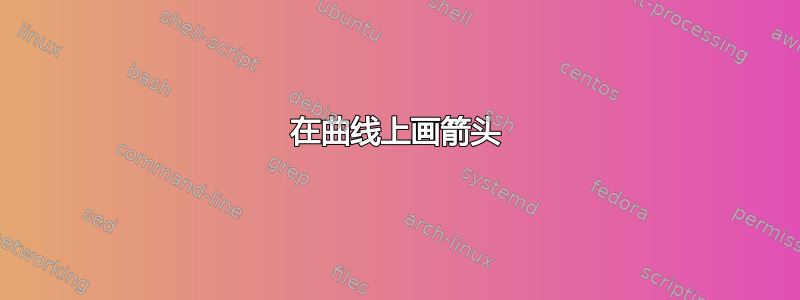
\documentclass{article}
\usepackage[margin=0cm,nohead]{geometry}
\usepackage[active,tightpage]{preview}
\usepackage{pgfplots} % loads also tikz
\pgfplotsset{compat=newest}
\PreviewEnvironment{tikzpicture}
\usetikzlibrary{calc}
\usetikzlibrary{intersections}
\usetikzlibrary{shapes,arrows,arrows.meta,angles,quotes,patterns,patterns.meta}
\usetikzlibrary{decorations.markings,decorations.pathmorphing}
\tikzstyle{every node}=[font=\scriptsize]
\begin{document}
\begin{tikzpicture}
\draw[->](-3,0)--(3,0) node[below]{$q$};
\draw[->](0,-3)--(0,3) node[left]{$p$};
\draw [red,thick] plot[domain=0:12,variable=\t,smooth,samples=500]
({-\t r}: {2.0*exp(-0.1*\t)});
\draw [blue,thick] (0,0) circle [radius=2];
\end{tikzpicture}
\end{document}
答案1
像这样?
\documentclass{article}
\usepackage[margin=0cm,nohead]{geometry}
\usepackage[active,tightpage]{preview}
\usepackage{pgfplots} % loads also tikz
\pgfplotsset{compat=newest}
\PreviewEnvironment{tikzpicture}
\usetikzlibrary{calc}
\usetikzlibrary{intersections}
\usetikzlibrary{shapes,arrows,arrows.meta,angles,quotes,patterns,patterns.meta}
\usetikzlibrary{decorations.markings,decorations.pathmorphing}
\begin{document}
\begin{tikzpicture}
\tikzset{every node}=[font=\scriptsize]
\draw[->](-3,0)--(3,0) node[below]{$q$};
\draw[->](0,-3)--(0,3) node[left]{$p$};
\tikzset{%
my arrow/.style={
postaction={decorate,decoration={
markings,
mark=between positions 0.25 and 0.75 step 0.25 with {\color{blue}\arrow{latex}}}
}}
}
\draw [red,thick,my arrow] plot[domain=0:12,variable=\t,smooth,samples=60,postaction={decorate}]
({-\t r}: {2.0*exp(-0.1*\t)});
\draw [blue,thick] (0,0) circle [radius=2];
\end{tikzpicture}
\end{document}




